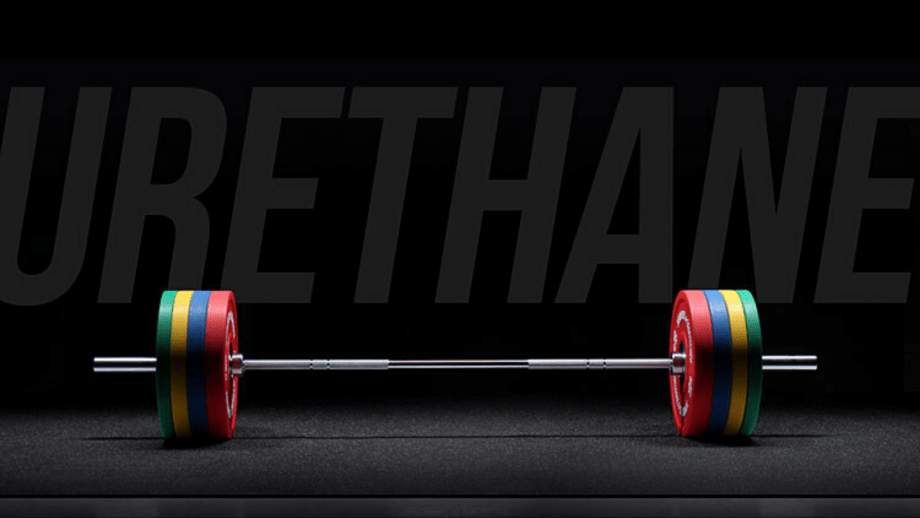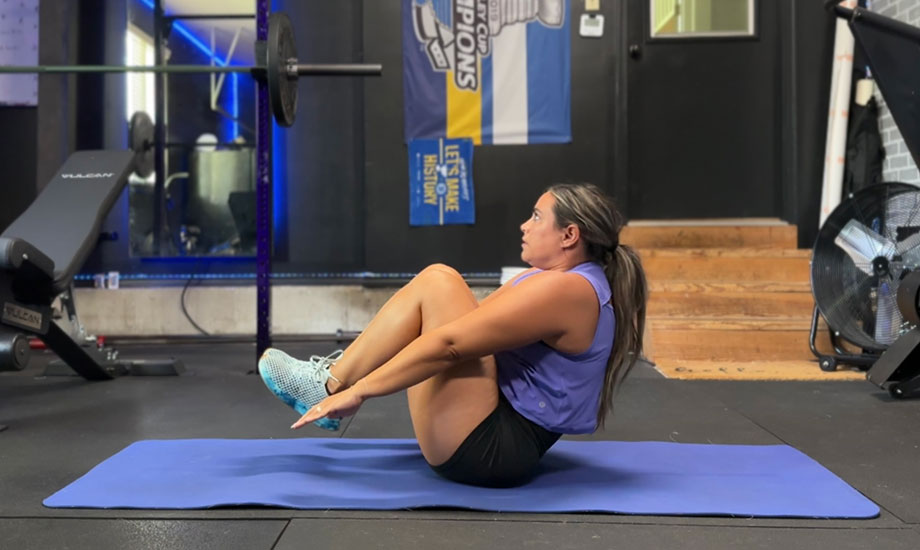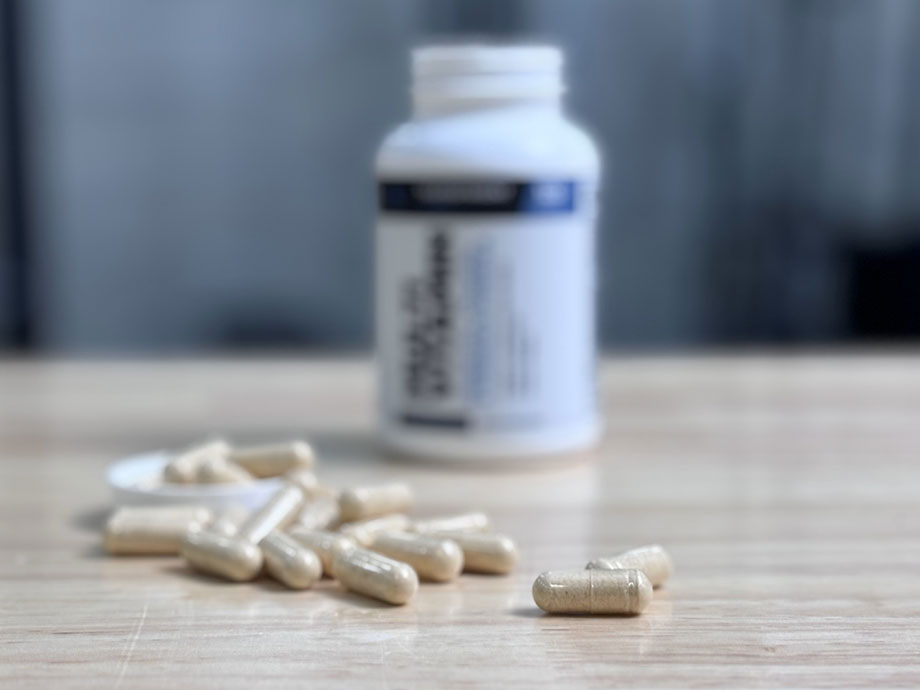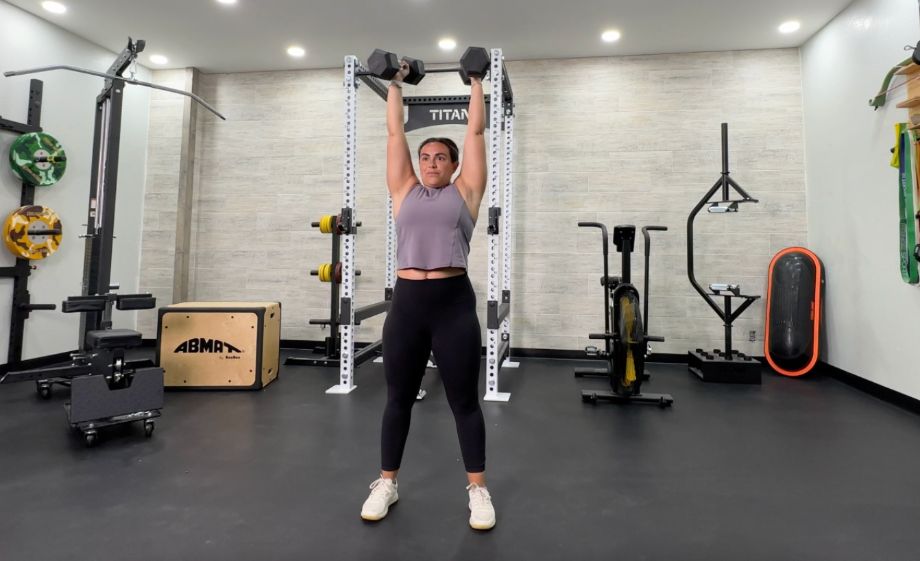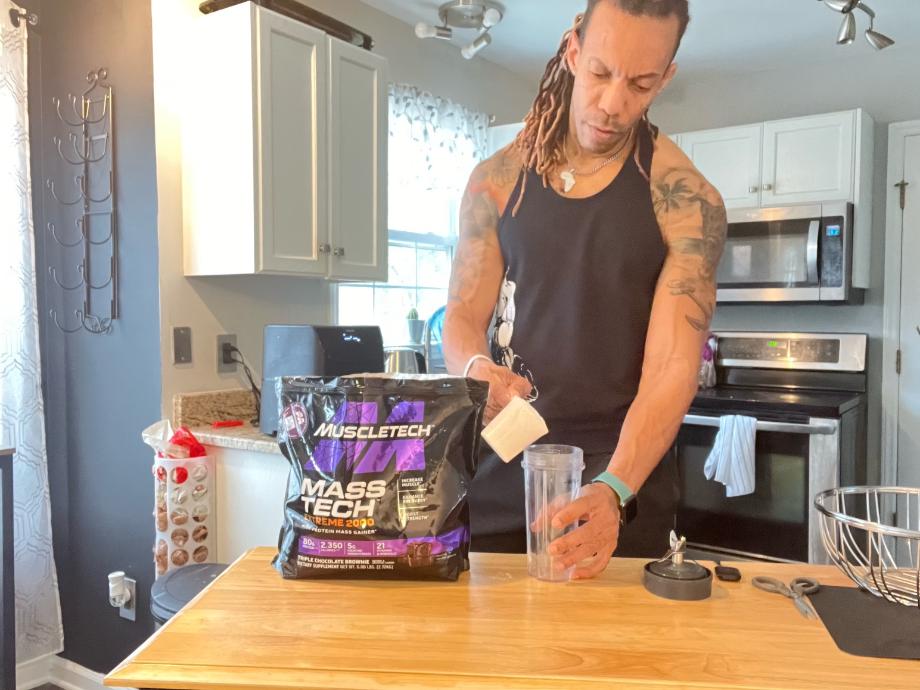When it comes to bumper plates, you pretty much have one material choice and that is rubber.
When it comes to bumper plates, you prettymuch have one material choice and that is rubber.
Rubber is and has been used as the main component in bumper plates since their introduction in the 1960’s. At the time, Olympic Weightlifters were still using steel loading plates, but in an effort to improve what was used, European companies began developing tire like solid rubber plates with internal steel cores.
The bumper plate undoubtedly has its place in nearly every gym in the world for good reason. Bumper plates prevent damage to the bar, flooring, and take wear much better than cast-iron steel plates. Up until a few years ago, rubber was about the only material used in bumper plates. Today, more and more companies are selling bumper plates using urethane and there are many reasons why.
Before I give my opinion on urethane’s use in bumper plates, it must first be said that urethane hasn’t always been a viable option. In 1985, a company by the name of Superior Barbell came out with urethane plates that had great promise, but ultimately cracked easily. Later, other companies tried to improve the process, but ultimately came up short time and time again. Although I don’t have an exact answer on who produced the first durable urethane bumper plate, I do know that the ones sold today are vastly better than the ones first introduced.
Urethane is an improvement upon rubber for a few reasons. First, if the correct formula is used, they can be incredibly durable. In fact, the American Barbell Urethane Plates are tested to 50,000 drops and still show little wear. There simply isn’t a more durable plate available.
Second, urethane plates have a much more dead bounce, which keeps the bar from flying all over the gym. This is an obvious benefit for anyone who’s used hi-temps that rebound like bouncy balls.
Finally, urethane allows manufacturers to use vibrant colors that rubber doesn’t. Without a doubt, the colors used on urethane plates are some of the most attractive I’ve seen.
With all this said, Urethane does have shortcomings, but I’ll speak more on those in the actual review.


